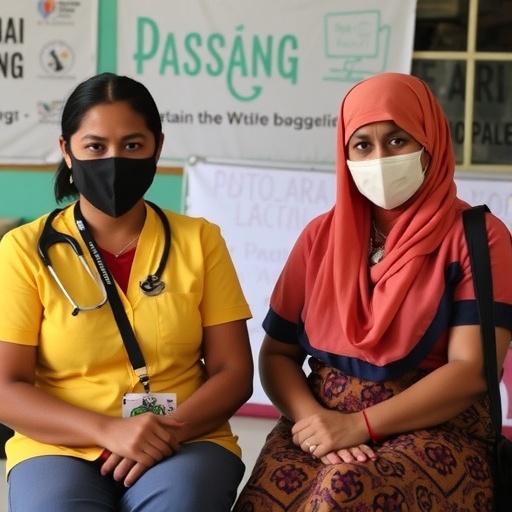The therapy plus diagnostics — theranostics — a City of Hope scientist and his peers developed has the potential to better target disease and reduce side effects
DUARTE, Calif. — A City of Hope scientist and his colleagues have developed a user-friendly approach to creating “theranostics” – therapy combined with diagnostics – that target specific tumors and diseases.
Key to the process are molecules called metallocorroles, which serve as versatile platforms for the development of drugs and imaging agents. City of Hope’s John Termini, Ph.D., and his colleagues at the California Institute of Technology and the Israel Institute of Technology developed a novel method to prepare cell-penetrating nanoparticles called “metallocorrole/protein nanoparticles.” The theranostics could both survive longer in the body and better snipe disease targets.
“This study is just one of City of Hope’s many ongoing research projects that aim to move the field from conventional medicine to precision medicine, where therapies are tailored for specific individuals,” said Termini, a molecular medicine professor at City of Hope.
The study, published in Scientific Reports, a Nature publication, on Feb. 19, details a unique way the researchers prepared the theranostics that may be generalizable to many similar molecules.
“Through collaborative brainpower, we were able to create something that has huge chemotherapeutic potential,” Termini said. “Down the road, theranostics such as this could shorten treatment duration and diminish the dreaded side effects so many cancer patients fear.”
###
The study was supported by an international collaboration grant from the Jacki and Bruce Barron Cancer Research Scholars’ Program, The Harvey L. Miller Family Foundation, the National Institutes of Health and the Caltech/City of Hope Biomedical Initiative.
About City of Hope
City of Hope is an independent biomedical research and treatment center for cancer, diabetes and other life-threatening diseases. Founded in 1913, City of Hope is a leader in bone marrow transplantation and immunotherapy such as CAR T cell therapy. City of Hope’s translational research and personalized treatment protocols advance care throughout the world. Human synthetic insulin and numerous breakthrough cancer drugs are based on technology developed at the institution. A National Cancer Institute-designated comprehensive cancer center and a founding member of the National Comprehensive Cancer Network, City of Hope is ranked one of America’s “Best Hospitals” in cancer by U.S. News & World Report. Its main campus is located near Los Angeles, with additional locations throughout Southern California. For more information about City of Hope, follow us on Facebook, Twitter, YouTube or Instagram.
Media Contact
Zen Vuong
[email protected]





